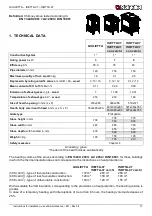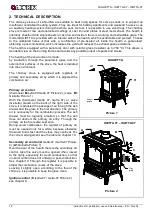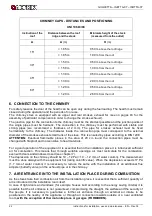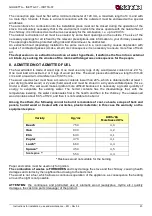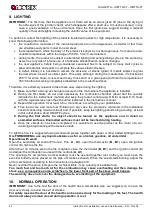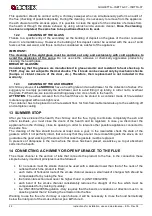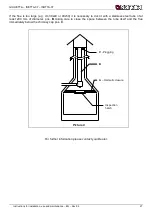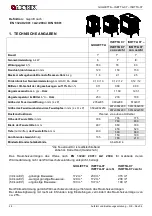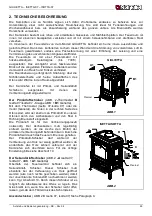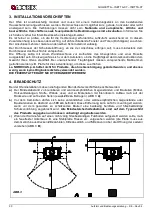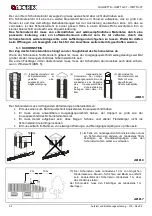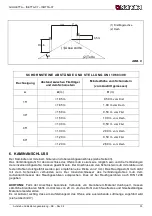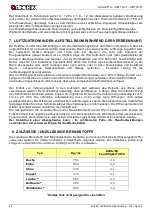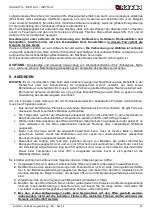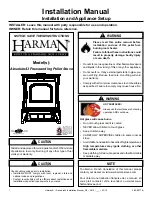
GIULIETTA – ISETTA-07 – ISOTTA-07
Instructions for installation, use and maintenance – EN – Rev.04
21
5.1 CHIMNEY CAP
The draught of the flue depends also on the suitability of the chimney cap.
Therefore, if it is handicraft constructed, the output section must be more than twice as big as the internal
section of the flue.
Should it be necessary to exceed the ridge of the roof, the chimney cap must assure the discharge also in
case of windy weather (Picture 5).
The chimney cap must meet the following requirements:
•
have internal section equivalent to that of the stack.
•
have a useful output section twice as big as the flue internal one.
•
be manufactured in such a way as to prevent the penetration of rain, snow, and any other foreign
body in the flue.
•
be easily checkable, for any possible maintenance and cleaning operation.
Picture 5
Picture 6
Picture 7
Picture 8
(1) The chimney cap must not show hindrances within 10 m from
walls, pitches and trees. Otherwise raise it of at least 1 m over the
hindrance.
The chimney cap must exceed the ridge of the roof of at least 1 m.
2 m
10 m
1
m
(1) Industrial chimney cap
with
pre-fabricated
elements – it allows an
excellent discharge of the
smokes.
(2) Handicraft chimney cap.
The right output section must
be at least twice as big as the
internal section of the flue
(ideal value: 2.5 times).
(3) Chimney cap for steel
flue with conical deflector
of smokes.
50 cm
(1) In case of flues side by side, a chimney cap must be higher
than the other one of at least 50 cm in order to avoid pressure
transfers between the flues themselves.
>
_
A
>A
0,5 m
H min.
α
(2)Roof
(1)Ridge axis











